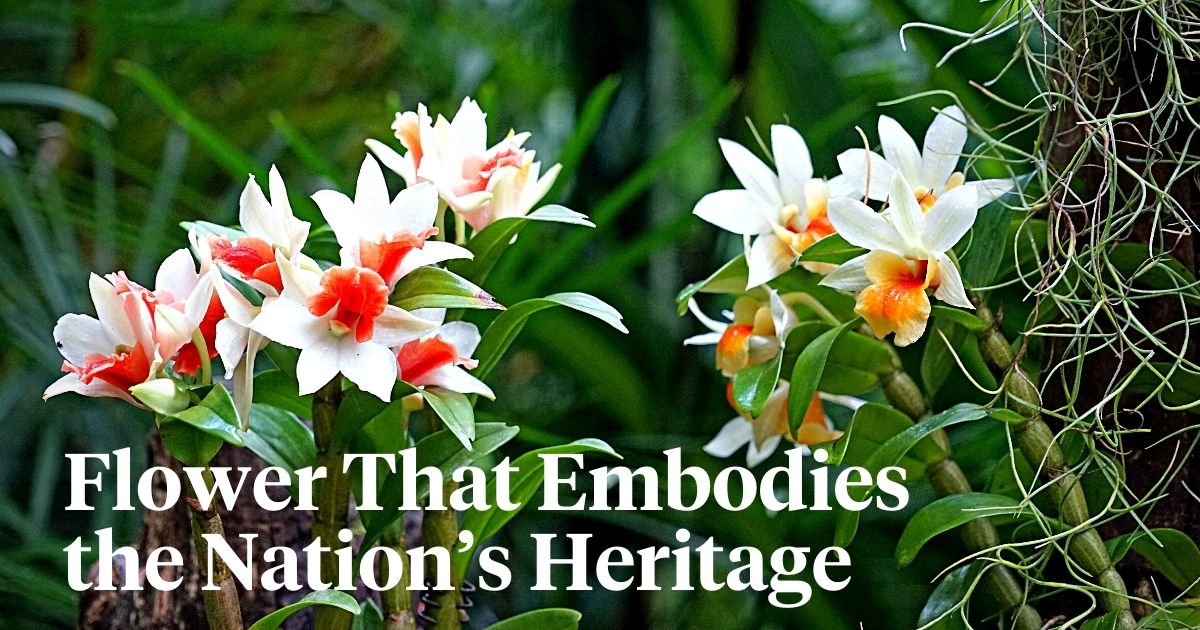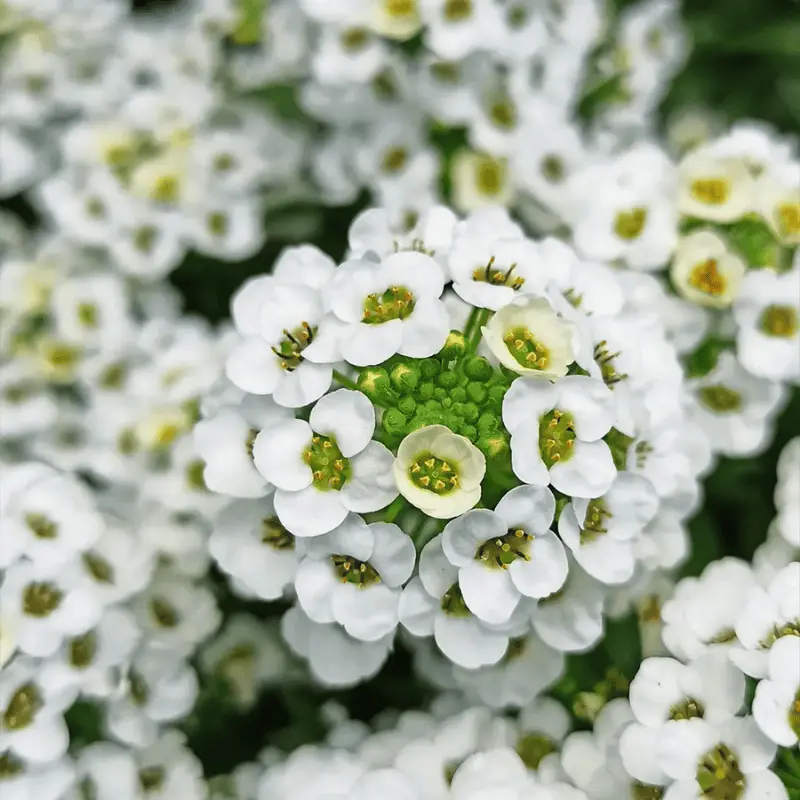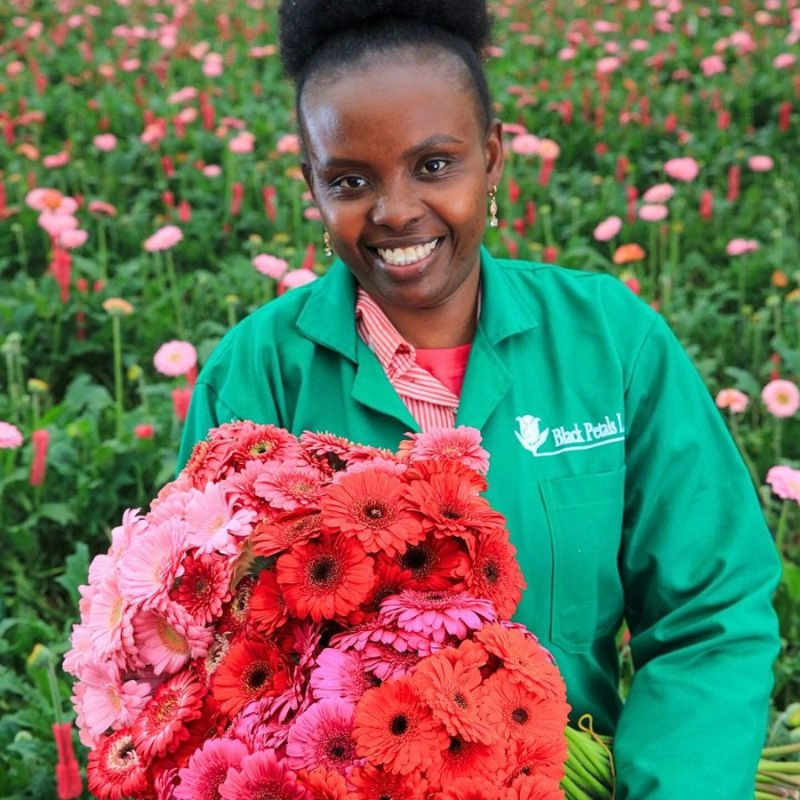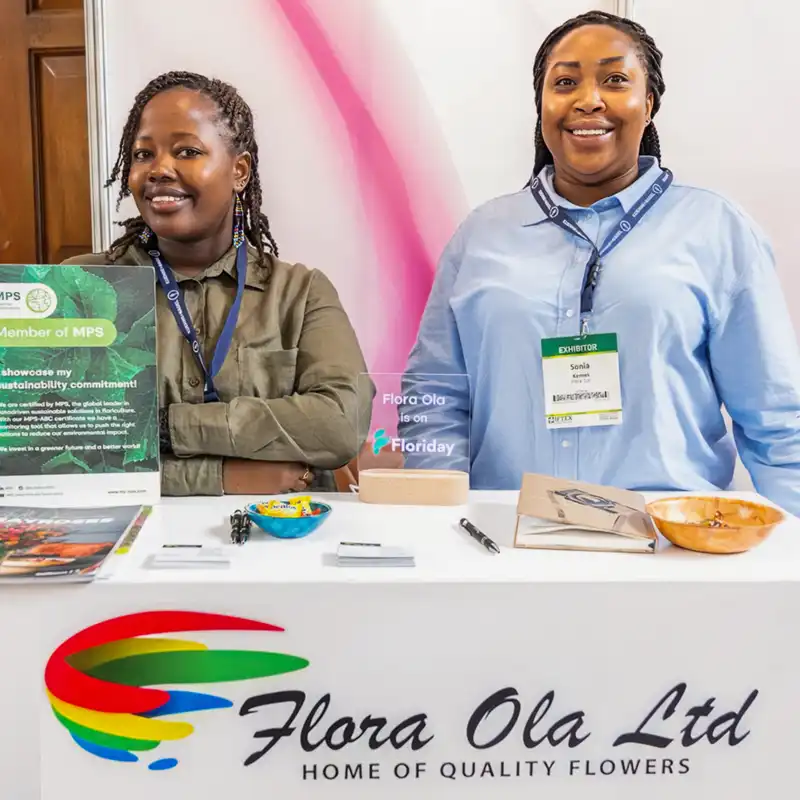Kenya is a land of rich biodiversity, breathtaking landscapes, and stunning views. It boasts a virtually endless range of flora and fauna that make up its rich biodiversity, which has for a long time, enchanted both locals and visitors. And just so that you know, the country has a number of features that function as its national symbols. For instance, Kenya’s national bird is the lilac-breasted roller, its national animal is the lion, and mango is its national fruit.
Largely known for its rose and summer flower production, did you know that this East African country also has its own national flower? Well, perhaps not quite officially recognized by the government as a national flower, but still, it is a national flower notwithstanding. This flower is the orchid. It has been propounded by many people, as it embodies the country's unique beauty and diversity.
Background of the Orchid as Kenya’s National Flower
While the orchid may not be the official national flower of Kenya as recognized by the government, it previously has always been put forward as the unofficial national flower of the country. There are around 250 different types of orchids that are native to Kenya and these are available in almost every color and texture. Kenya also exports tropical orchids on quite a considerable scale.
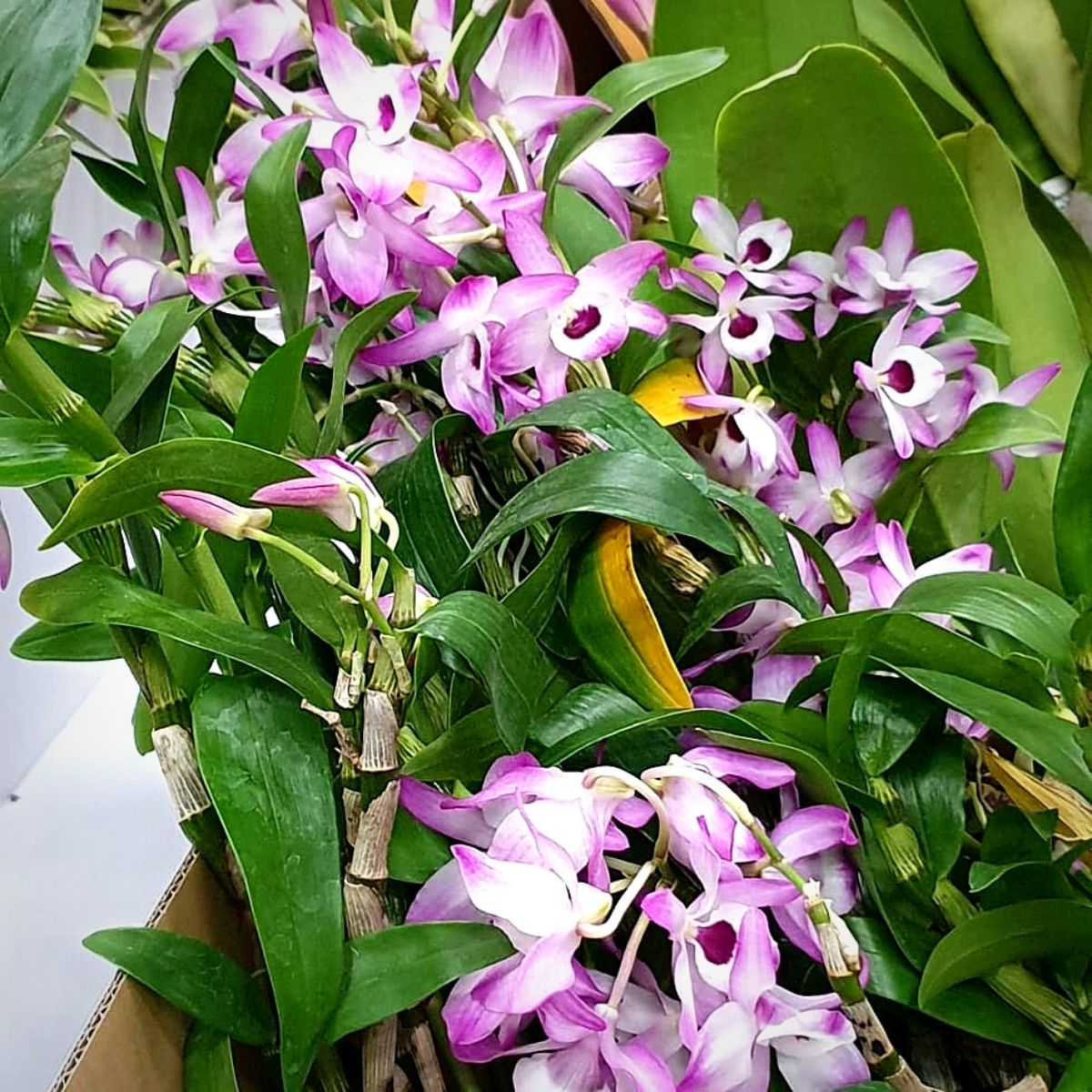
The orchid can be found growing throughout the country’s landscape. However, the tropical coastline of Kenya makes it one of the most perfect settings for the flower to grow since the bloom tends to thrive in tropical environments that are hot or temperate.
The flower can also be found growing on the mountains and hillsides in the country and is viewed as a flower whose magnificence rests in its elaborate display of hues that epitomize the country’s colorful heritage.
The Floral Beauty of the Orchid
Orchids are a diverse and widespread family of flowering plants, known for their intricate and alluring blooms. With approximately 25,000 to 30,000 species, orchids are one of the most extensive and diverse plant families on the earth.
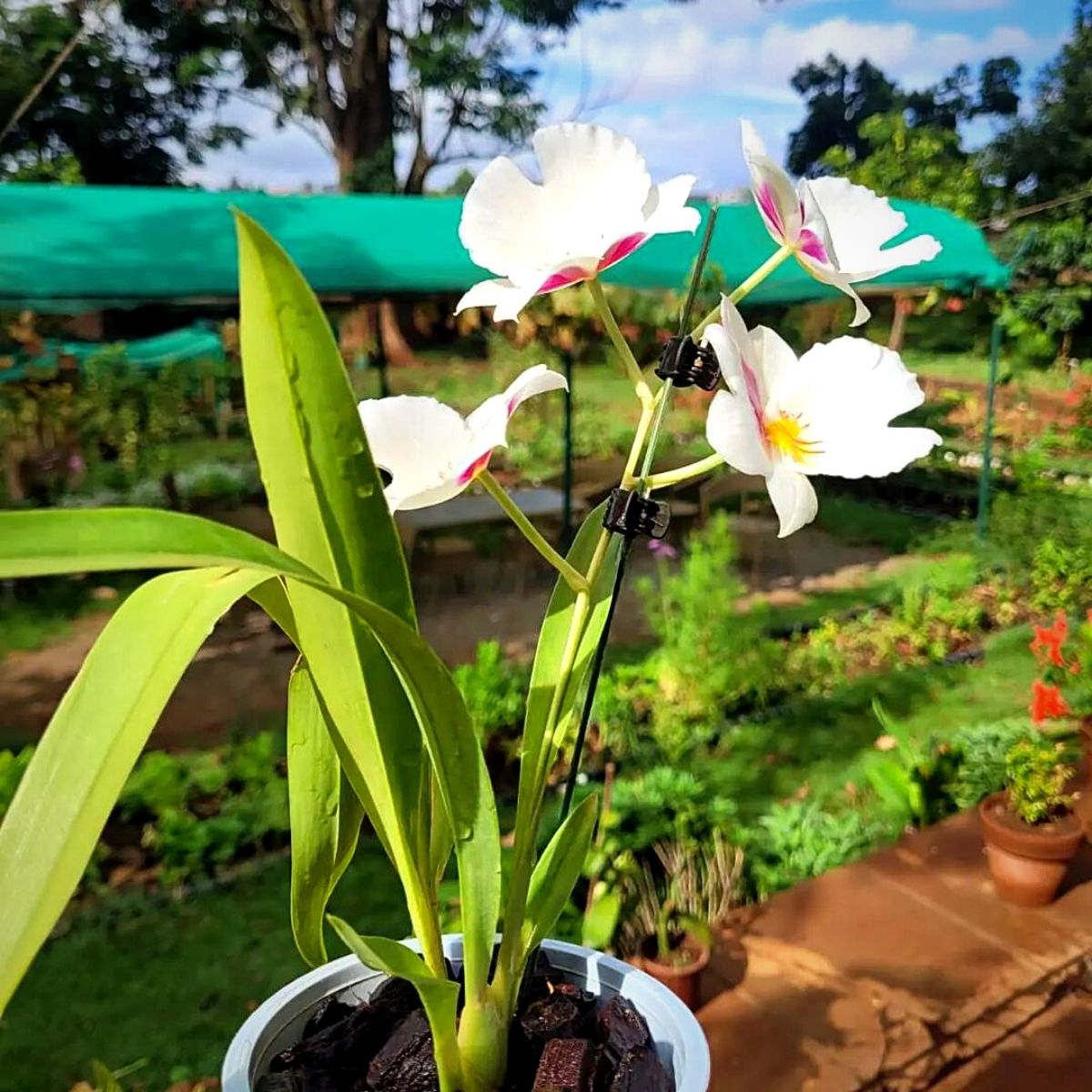
Instagram photo by @tropicalorchids254.
This captivating bloom possesses a unique structure, that boasts of a single, large, and vibrant flower atop a long, slender stem. The petals and sepals form a delicate arrangement that sometimes almost looks like a spider.
Orchid is also a flower whose versatility goes beyond its visible beauty. Its extracts are widely used in the perfume industry, in flavors including vanilla which is its most famous flavor, and in traditional medicines across different countries.
Where Do Orchids Grow Well?
Naturally, orchids grow well in very diverse environments, from tropical jungles to Arctic tundras, and from rainforests to dry savannas. The greatest number of orchid species is found in tropical cloud forests found in equatorial regions. These are usually on mountainsides where the clouds brush the mountain day and night. Orchids also thrive in regions from sea level to at least 4,600 meters (15,000 feet) in elevation.
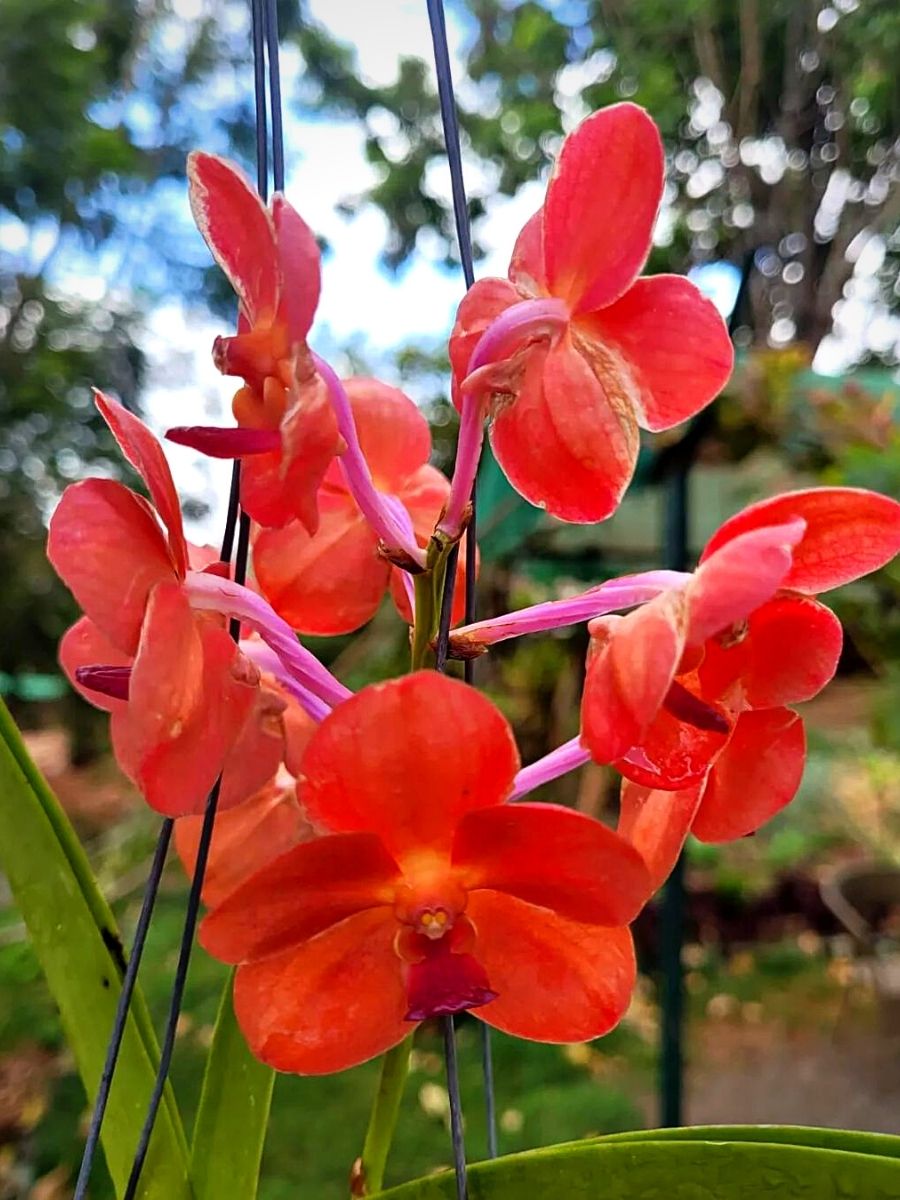
Instagram photo by @tropicalorchids254.
The high-altitude regions of Kenya, typically found in the temperate and cool montane forests provide ideal settings for orchids to thrive. Its natural habitats include the Aberdare Range, the Mau Escarpment, and the Mount Kenya region, where it flourishes at elevations between 1,500 to 3,000 meters above sea level.
Not only do these plants, which are mainly epiphytes, grow outdoors, but they can also be successfully grown in indoor settings as houseplants where they enhance the look and feel of these environments. Just make sure that all the requisite conditions for their growth are met.
Conservation Efforts as Human Activities Threaten Natural Habitats
Just like many other developing countries across the world, Kenya’s urban landscape is fast taking over the country’s topography and as this happens, the natural habitats of different flora and fauna are destroyed in the process.
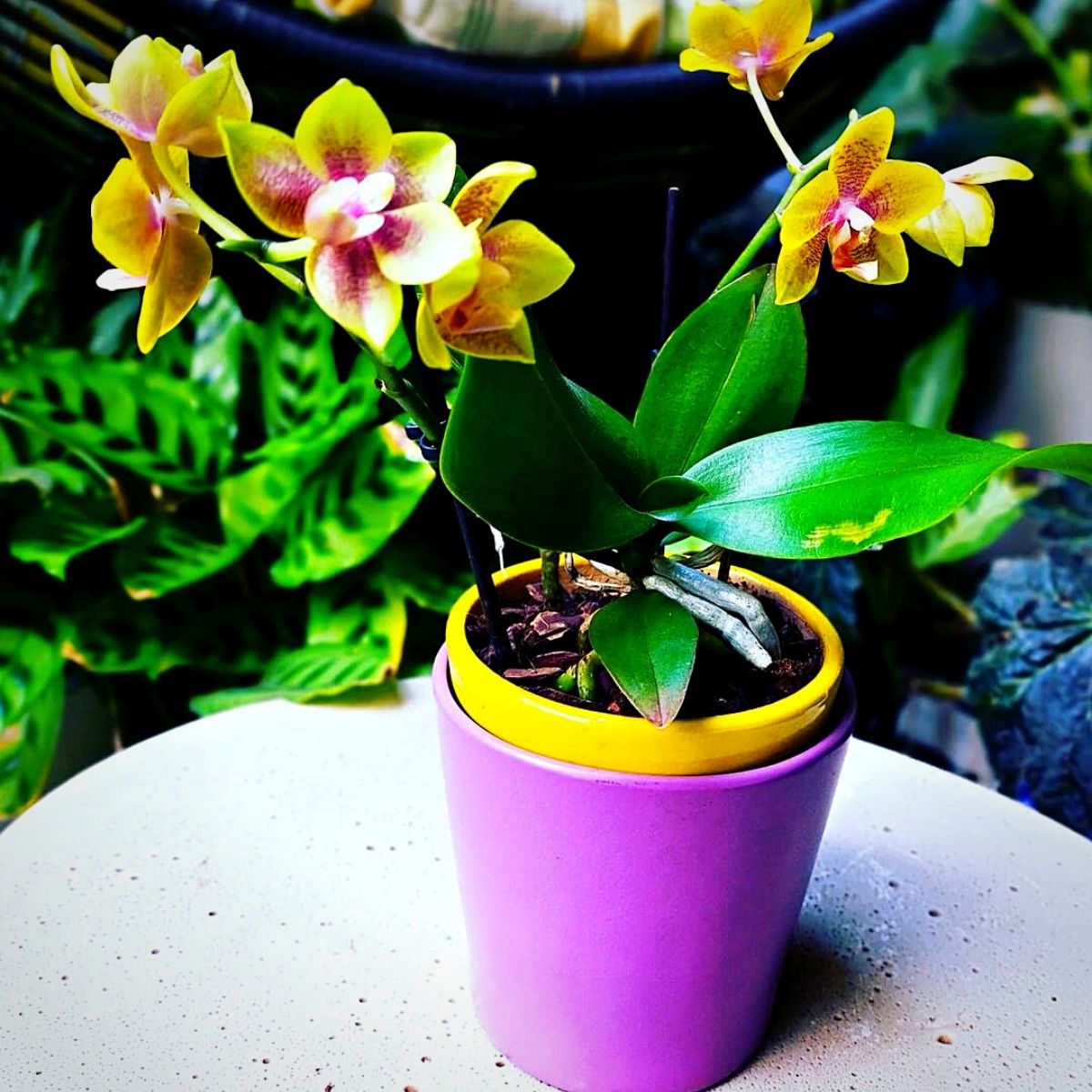
Human activities, such as deforestation and land conversion for agriculture and development, have continued to significantly reduce this flower’s - and other untouched native plants as well - natural habitats.
Orchids may be among the most widely growing plants across the globe, but without clear guidelines on their natural habitats’ conservation, significant damage could be done to their existence and even lead to their extinction, especially in the wild. However, there are numerous initiatives and projects that focus on habitat conservation and restoration. They raise awareness about ecological conservation, which in turn could protect not just orchids but also all native and naturally-growing plants and flowers in the country’s nature.
The Kenya Orchid Society, for instance, was established to create and increase interest and awareness in orchids and their cultivation throughout Kenya and throughout other East African countries and enhance the flower's conservation.
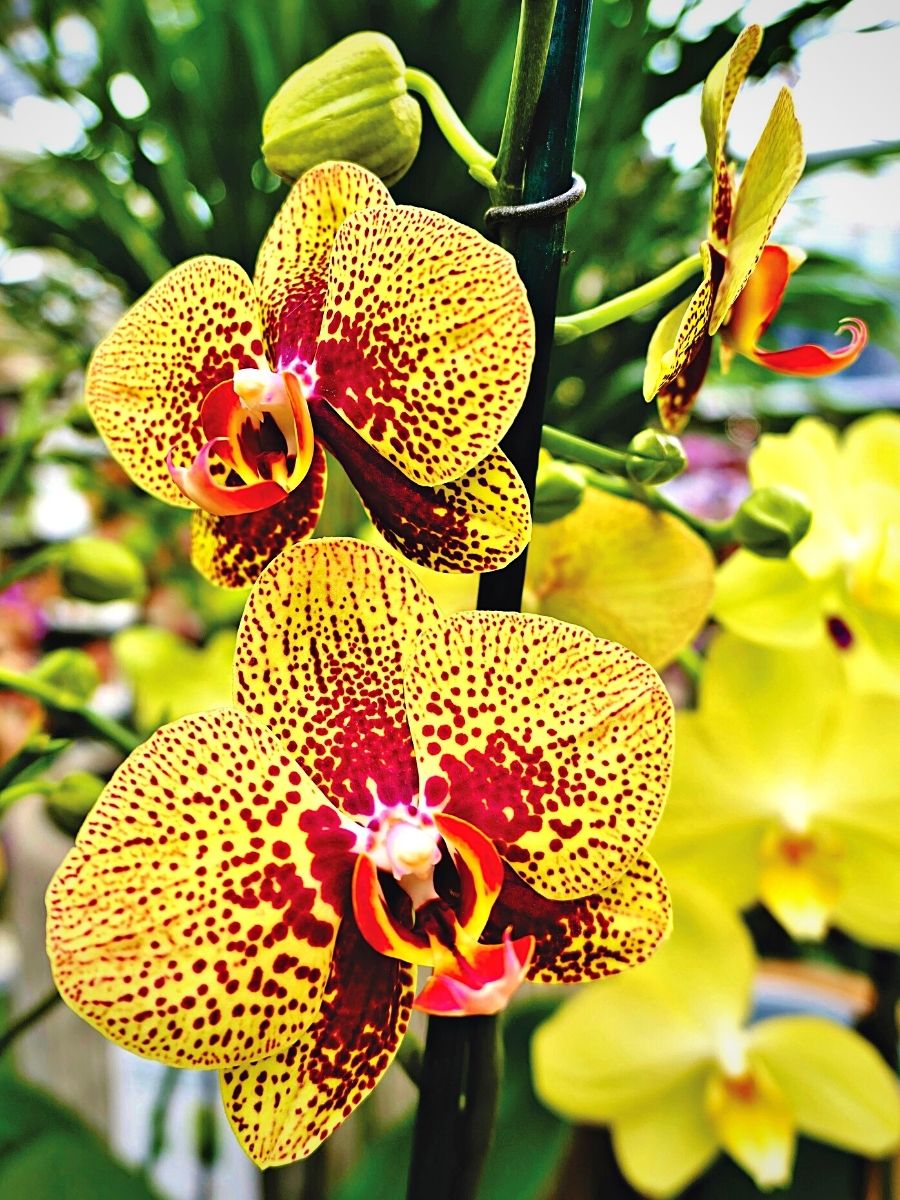
Photo by Ralph's_Fotos on Pixabay
Significance in Kenyan Culture
Orchids hold varied forms of importance in the Kenyan context. Their bright and vibrant colors are deemed to be symbolic of beauty. More so, the tropical orchid is a symbol of love, fertility, refinement, delicacy, and charm and also a symbol of the national spirit, pride, and identity of Kenya. It essentially represents the nation's unity and pride embodied in its different heritages.
The flower, which can be found growing in the wild, also provides a visually pleasing addition to the attractions that Kenya’s landscape has to offer.
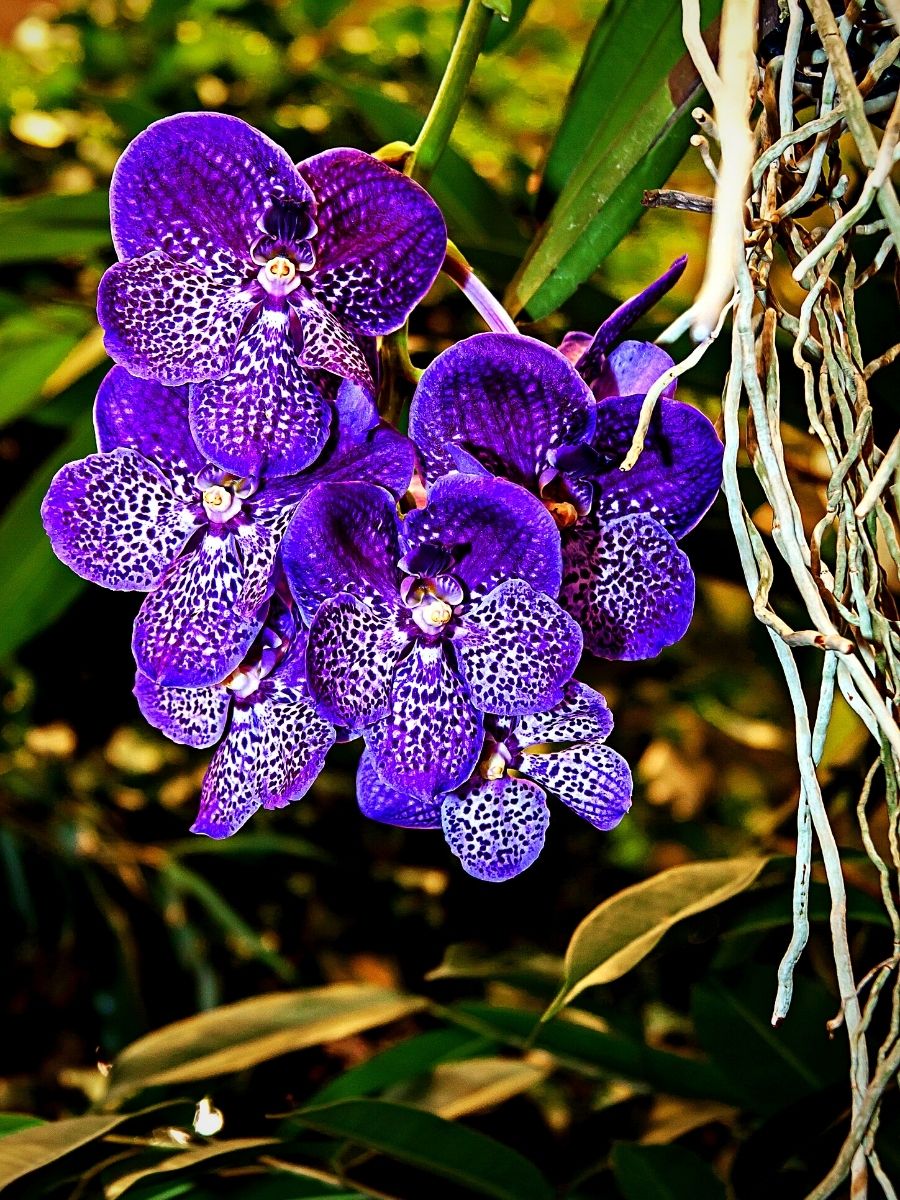
It provides quite a backdrop for Kenya's unique montane forests, which are fast becoming popular destinations for eco-tourism, and attracting nature lovers from both within the country and all over the world.
Think of a trek on the Aberdare Ranges - a 160 km long mountain range of upland, north of Kenya's capital Nairobi with an average elevation of 3,500 meters - and walking through meadows filled with different varieties of colorful and scented orchids, as you make the climb toward one of the peaks of the mountain range. Wouldn’t that be breathtaking?
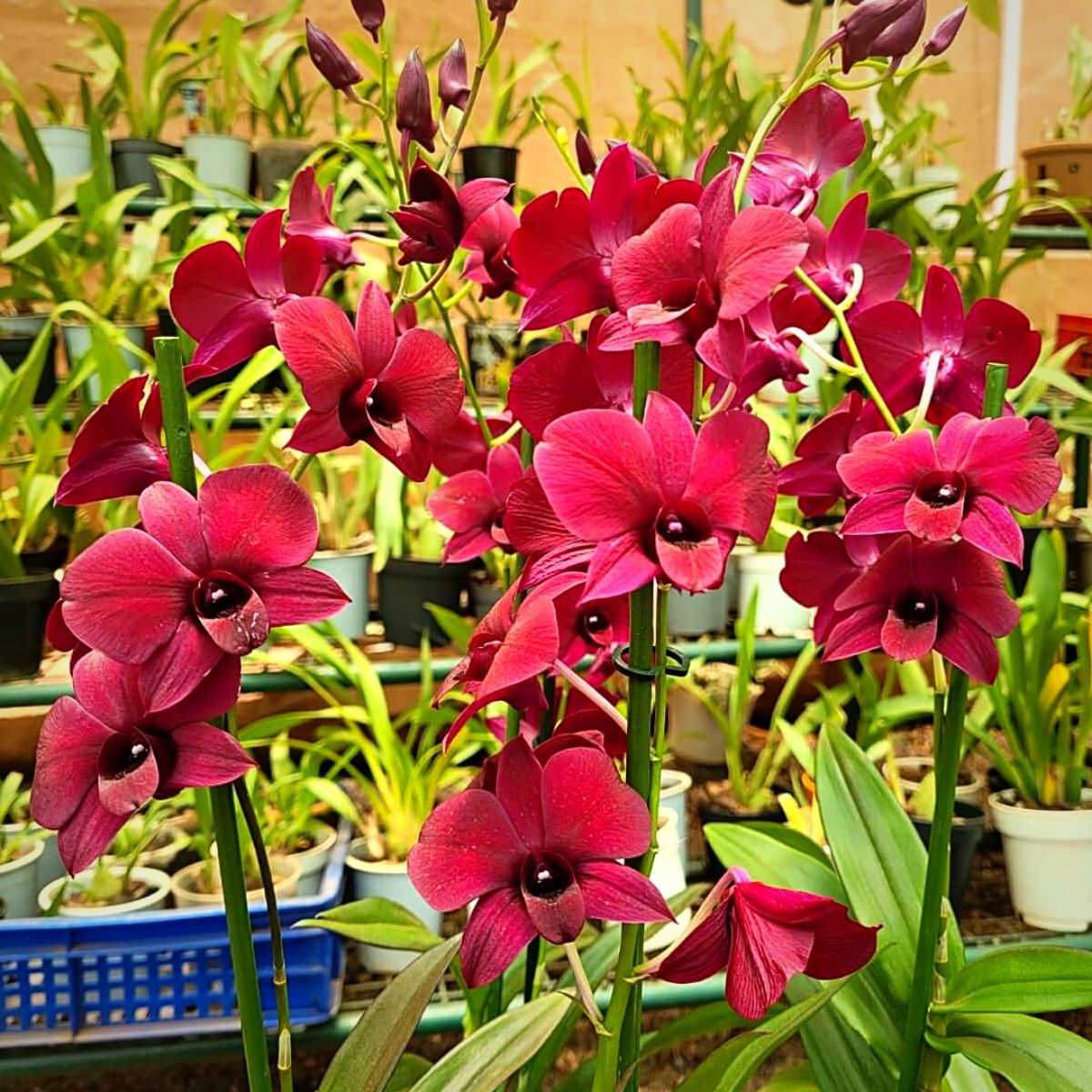
Instagram photo by @tropicalorchids254.
And with that, Kenya's national - though unofficial - flower, the orchid emerges as a call for the importance of unity among the country’s different ethnicities, heritages, and traditions, and preservation of the nation’s unique floral legacy for coming generations to relish and appreciate.

